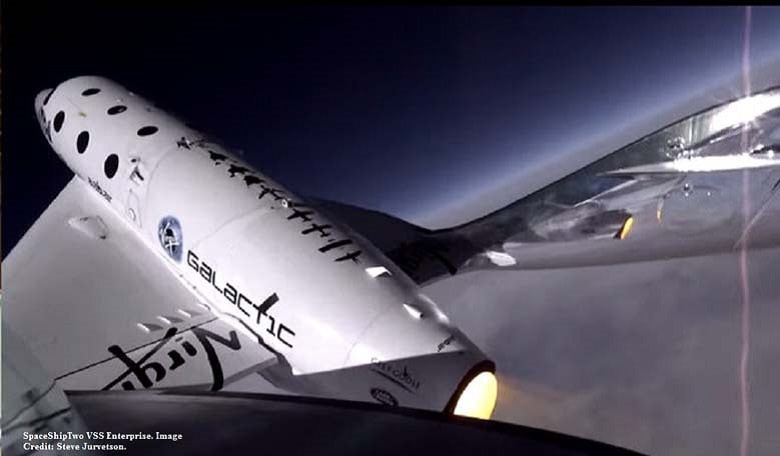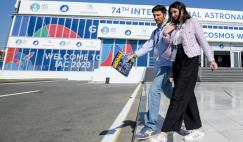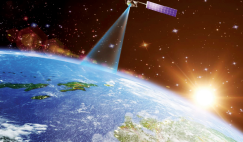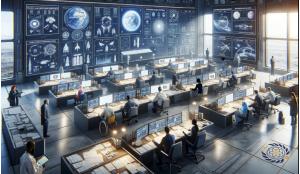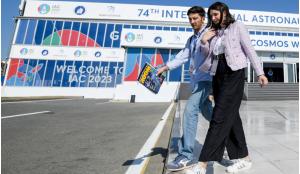The tragedy at Virgin Galactic was just described in harrowing detail by the pilot who survived it. It can also offer us a valuable look at improving overall safety.
When the SpaceShipTwo rocket failure happened over California last year, it was deemed to be a major setback for the space tourism industry. Co-pilot Michael Alsbury, who was judged responsible for the crash, perished.
Pilot Peter Siebold survived, though, and his testimony about his dramatic plummet to Earth reads like something straight out of a more-horrifying-than-usual action film.
The fact that Siebold made it was deemed to be nothing short of a miracle. Indeed, crashes are often full of contradictions and counter-intuitive narratives.
Just consider the story of 16-year-old Autumn Veatch, who miraculously survived a smouldering plane crash this July – and managed to hike to safety.
Although the factors that contribute to surviving such a catastrophic event are usually random, they deserve closer study. Every so-called miracle is also a chance at better fatality prevention.
When Malaysian Airlines Flight MH17 was shot down over Ukraine last summer, journalists who were first on the scene were confronted with unspeakable carnage. Not a single person on the doomed flight survived. Amidst the debris and the horror, strange sights could also be found – mobile phones, even glass bottles of duty free alcohol that had made it down completely intact.
Some of the physics involved in such gruesome events will always defy logic. Yet there are also scientific reasons for it – and as we both continue to improve flight safety and contemplate a developed space tourism industry, we need those reasons to be catalogued and integrated into existing safety protocols.





